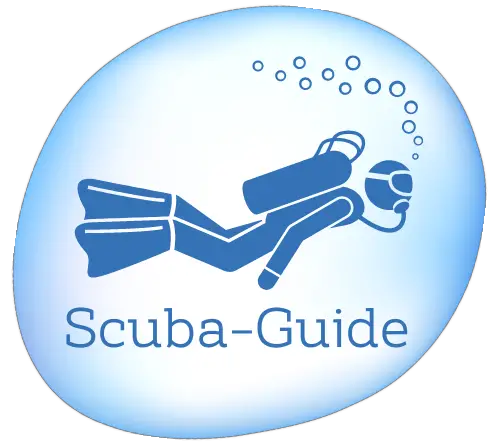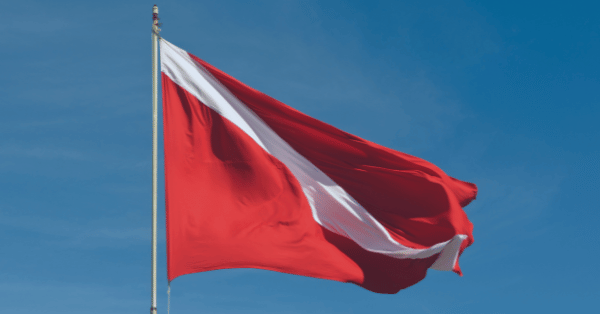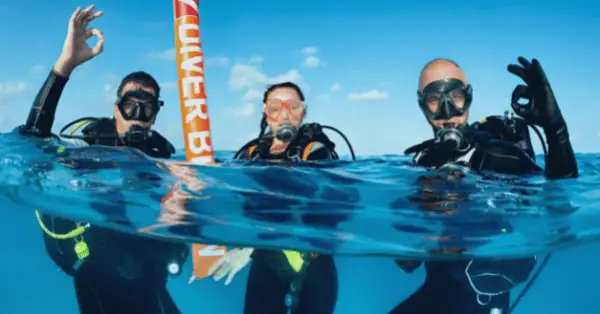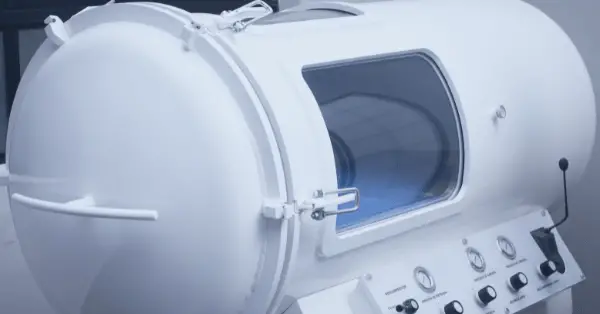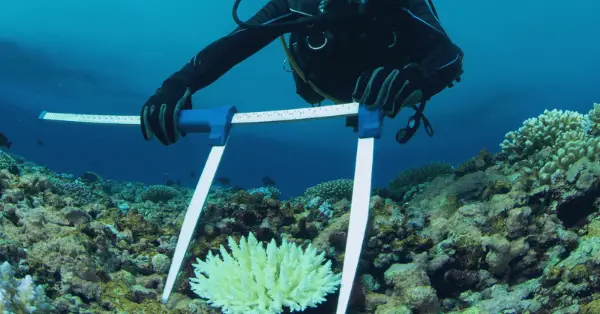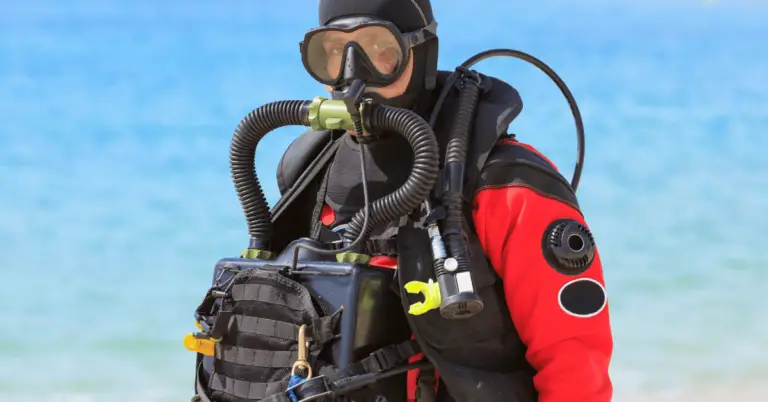PADI Certification Chart: All scuba diving levels
If you’re thinking of getting your PADI certification, it’s important to know the different levels and what each one entails. In this blog post, we will outline all the PADI dive certification levels and provide a handy flow chart to help you visualize the process. So whether you’re just starting out or are looking to progress to the next level, read on for all you need to know about PADI certifications!
To help you visualize the PADI dive certification levels, we have created a flow chart below. As you can see, each certification builds upon the preceding one until you reach the highest level – Master Scuba Diver!
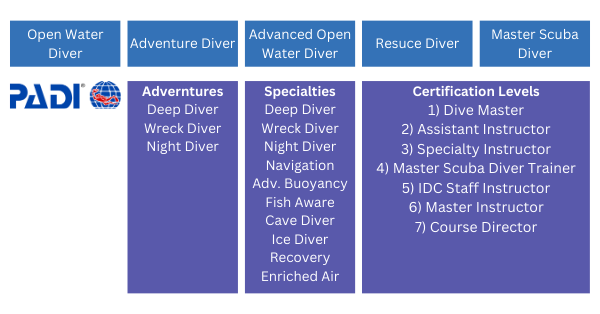
All PADI certifications require professional training, and all scuba diving courses must be conducted by professional associations of diving partners.
PADI is one of the two big certifications. Read here the SSI and PADI comparison and which organization is better for you.
PADI Open Water Certification
Starting at the bottom of the PADI certification chart, you’ll find two entry-level certifications. The first is the PADI Open Water Diver certification, which is earned after completing a four-day course that includes both knowledge and skills development, as well as four open water dives. This certification allows divers to dive with a buddy to a maximum depth of 18 meters (60 feet).
The open water course will teach basic skills and behavior before, during, and after the dive. You will be taught by a certified open water scuba instructor.
PADI Adventure Diver
The second entry-level certification is the PADI Adventure Diver certification, which requires three dives to be completed and is a great way to further your dive education. With this certification, divers are allowed to dive with a buddy to a maximum depth of 30 meters (100 feet).
You don’t have to get this level of certification and can continue with the next certification level.
PADI Advanced Open Water Diver
Continuing up the PADI certification chart, you’ll find the Advanced Open Water Diver certification. Most recreational divers are getting this certification to be able to improve their diving skills, and also reach most dive sites. The PADI Advanced Open Water certification requires five specialty dives and allows divers to dive deeper than with the entry-level certifications – up to a maximum depth of 30m (100ft). These include things like Underwater Naturalist, AWARE Fish Identification, Peak Performance Buoyancy, Deep Diver or Wreck Diver, and more.
Three mandatory specialty dives are deep-dive training, underwater navigation, and night diving. The remaining two can be freely selected and may vary based on the available dive sites.
Unlike the PADI Open Water, this level of certification doesn’t require a theoretical part but tests some underwater skills like navigation or buoyancy exercises.
Specialty scuba diving PADI courses
On top of the PADI Advanced Dive Certificate, you can acquire additional specialties like Cave Diver, Ice Diver, Search and Recovery, or Enriched Air (Nitrox) Diver. Each specialty requires a specific specialty course.
Rescue Diver Course
The next level is the Rescue Diver certification, which requires knowledge development and experience in rescue techniques and scenarios. The certification requires classroom and underwater training. After completing this course, divers can confidently handle any potential emergency situations that may arise on a dive.
PADI Master Scuba Diver
Finally, at the top of the PADI certification chart is the Master Scuba Diver certification. To earn this prestigious certification, divers must hold five specialties, as well as the Open Water Diver and Advanced Open Water certifications. It also requires a minimum of 50 logged dives. The Master Scuba Diver certification is the highest non-professional level and certifies that divers possess a high level of knowledge, experience, and skill.
How to get started?
If you are unsure if scuba diving is for you, it’s highly recommended to start with a discovery dive. You will learn basic skills like how to breathe underwater, clear your mask, and how to use your equipment. A certified diving instructor will be by your side during the entire discover scuba diving experience.
So now that you know about all the different PADI certification levels, it’s time to decide which one is right for you. With something for everyone from entry-level divers to highly experienced professionals, there’s no shortage of options available. So why not get started on your way to becoming a certified scuba diver today?
Best places to get started with scuba diving
Some of the best places to get certified in scuba diving are:
- Koh Tao in Thailand: One of the most affordable scuba lessons
- Cancun in Mexico: Shallow and calm waters, but also more challenging dives to advance your diving.
